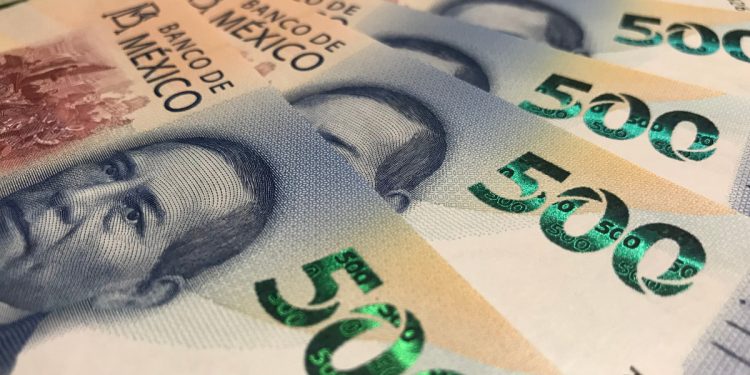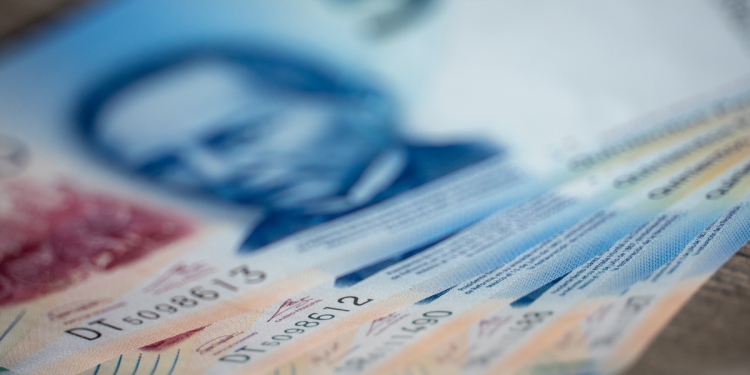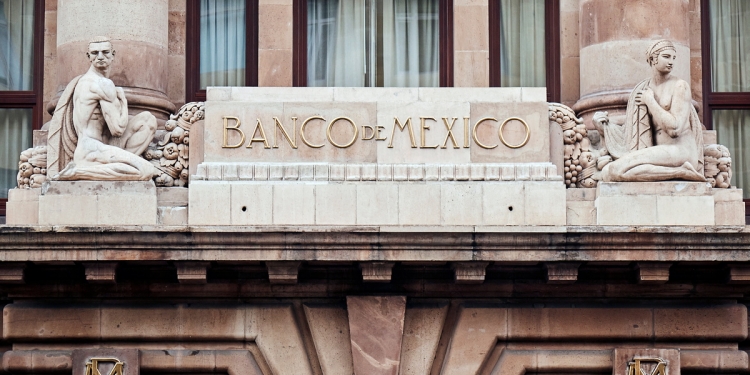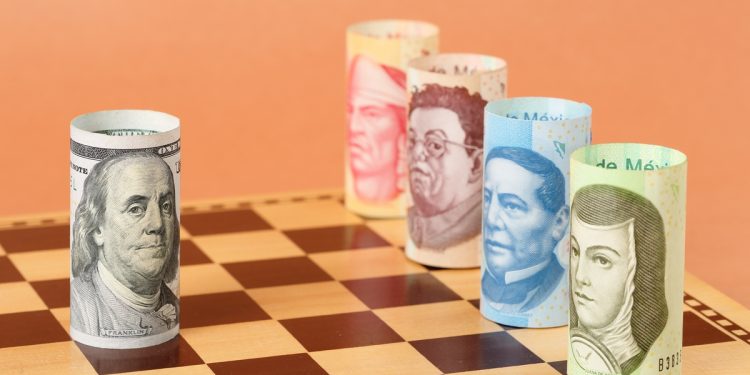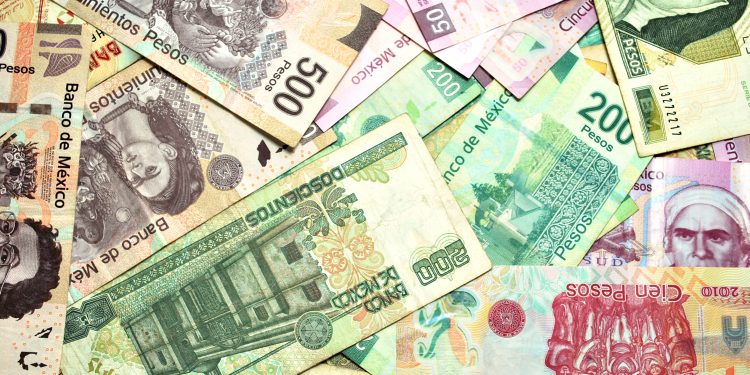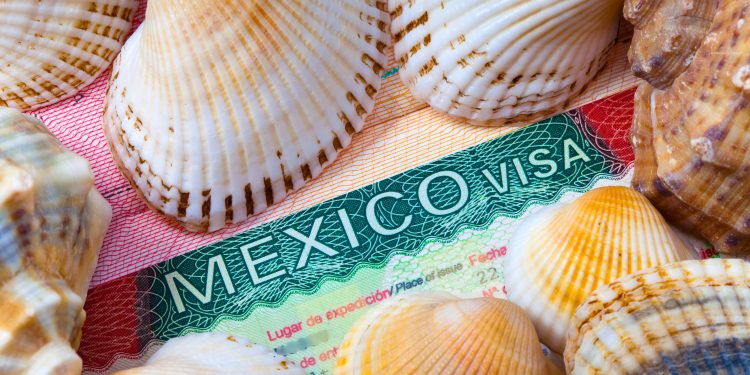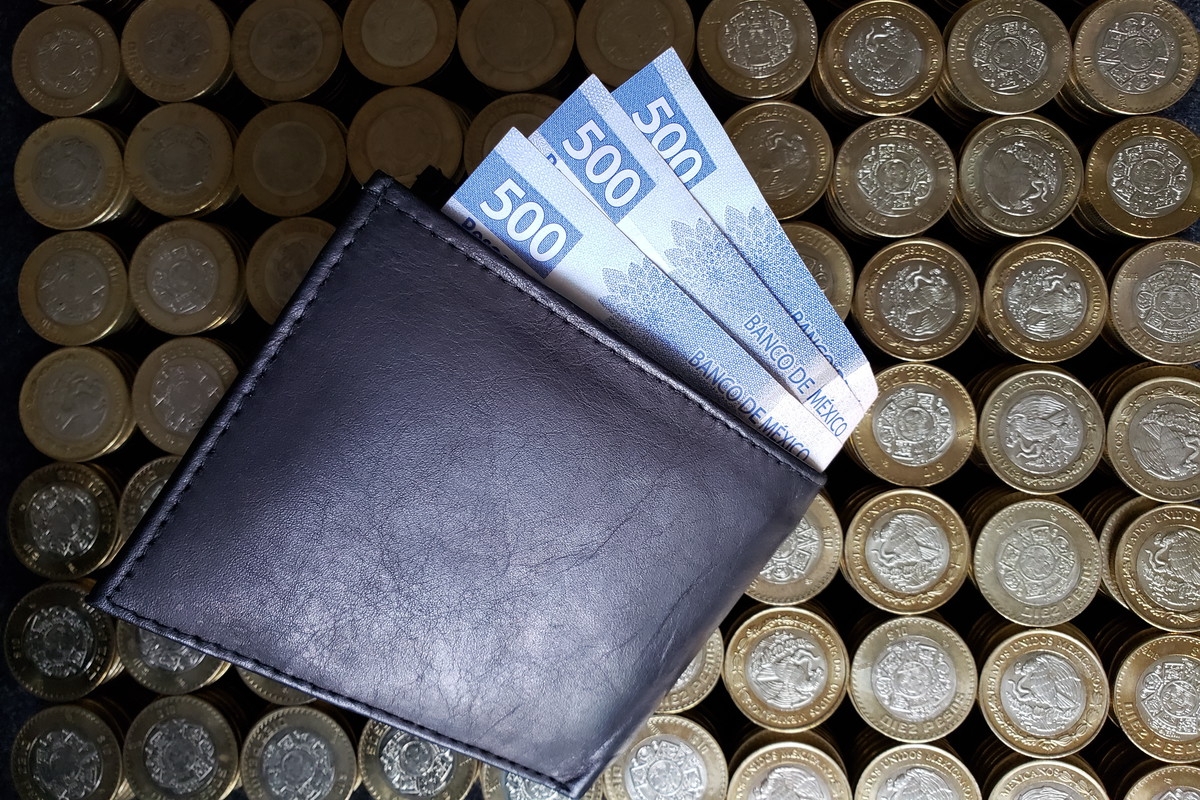The Mexican peso went on a roller-coaster ride against the US dollar in 2020, at one point reaching an all-time low before gradually clawing back those losses to end the year only about 5% weaker than at the end of 2019.
The peso’s fall and recovery in 2020
The peso had ended 2019 at about 18.90 to the US dollar following its most stable year in a decade. But as businesses prepared to shut down in the US and Mexico in March of 2020, the peso started to sell off heavily. Toward the end of that month, it fell as low as 25.26 per dollar—its weakest ever level.
This was partly because oil prices were sinking on a global glut and shrinking demand, which would cause a loss of government revenue from crude oil exports and even greater financial difficulties for the state-owned oil company Petróleos Mexicanos, but also because neither traders nor economists knew what to expect in terms of economic growth.
Most were sure there would be a deep recession, and even the Bank of Mexico at one point thought that gross domestic product could contract by as much as 12.8% for the year as a whole. But after a 17% drop in output in the second quarter, the economy bounced back in the third quarter and continued growing in the fourth. Output of goods and services probably shrank about 9% in 2020.
Mexico’s exports, which are made up mostly of manufactured goods, recovered quickly and by November were above the levels they had been at a year earlier. Added to slow demand for foreign goods, which was not surprising when millions of people had lost their jobs, this led to a large trade surplus.
Supports that helped the Mexican peso to recover
Unlike governments in other countries, both in the developed world and in emerging market countries, the Mexican government chose not to take on a lot more debt to provide economic stimulus for businesses because, officials said, the interest on the extra debt would eat into budget resources for years to come.
The lower debt load supports Mexico’s credit ratings, and therefore the peso. As a result, the peso gradually recovered and ended 2020 at 19.95 pesos per dollar.
What also helped the currency was that the Bank of Mexico was careful when cutting interest rates, gradually lowering the overnight interest rate to 4.25%, still above the rate of inflation, while other central banks around the world had negative real interest rates, i.e., their short-term interest rates were less than inflation.
Another support for the peso was the increase in remittances from abroad, which had reached US$36.9 billion by November, up 11% and already more than the US$36.4 billion that Mexicans sent home in all of 2019. Income from foreign tourists, however, was down by more than half at US$9.8 billion in the January-November period. The number of land border crossings also dropped because the U.S.-Mexico border has been closed for crossings considered nonessential since April.
What to expect for the peso in 2021?
Mexico’s peso is a free-floating currency on world foreign exchange markets; it’s among the world’s top most-traded currencies and is the most-traded of Latin America’s currencies.
As we have commented on these pages before, exchange-rate predictions are subject to many uncertainties and are seldom accurate. Consensus estimates go up and down throughout the year as the exchange rate fluctuates. The latest central bank survey was undertaken in mid-December 2020, with analysts estimating the exchange rate will end this year at 20 pesos to the US dollar, which is close to its current level.
Other forecasts in that survey are that the economy will grow 3.4% after shrinking 9% in 2020, and that inflation, that ended 2020 at 3.2%, will pick up slightly to 3.6%.
Currency forecasts reflect what could be expected given estimates for inflation, economic growth, interest rates and other economic variables, both in Mexico and the U.S., but they don’t consider extraordinary events as these are unknowns.
Other things that influence the peso’s value
What determines the exchange rate in the market are investors who buy pesos to invest in Mexican stocks and bonds; or dollars to shift money into US investments; companies that buy dollars to pay for imports or to make foreign debt payments, or that buy pesos to exchange dollars earned from exports; banks that receive remittances in dollars and pay them out in pesos; and of course, international travel which tends to favor Mexico with a surplus given its popular tourism resorts.
Aside from the U.S. dollar, the Bank of Mexico publishes indicative daily rates for the peso against a number of other currencies, including the Canadian dollar, the euro, and the yen.
New banknotes introduced in 2020
The Bank of Mexico also launched two new banknotes in 2020; a new $100 peso bill and a new $1,000 peso bill; these are part of an ongoing program to update the country’s currency’s banknotes.
Learn more about money and currency in Mexico
Read our latest articles and download free eBooks related to money and finances
- Free eBook: Guide to Money & Banking Services in Mexico
- Latest articles about money and finances in Mexico
- Discover Mexico’s banknotes
- Free eBook: Guide to the Cost of Living in Mexico
Mexico in your inbox
Our free newsletter about Mexico brings you a monthly round-up of recently published stories and opportunities, as well as gems from our archives.

